6. What Happened Was… (1994, Tom Noonan)
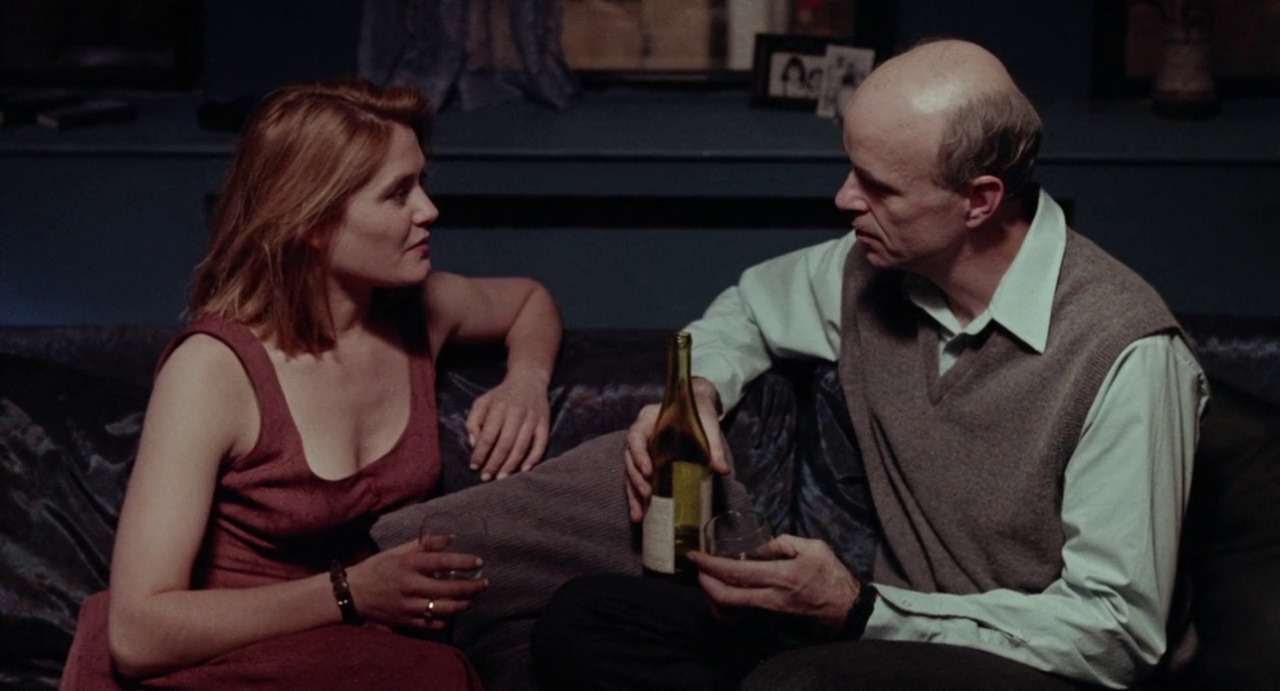
This next one is not so much underrated but underseen. Noonan’s film is considered by many of the few who have seen it to be a masterpiece and was even recently included in The Criterion Collection. However, it has never managed to earn a wider audience or status, despite being, according to many including film scholar Ray Carney: “one of the ten best films of the decade”.
Few people know Tom Noonan for his various supporting roles in films like Heat, RoboCop 2, and Synechodche, New York. But even fewer know him as a playwright and filmmaker. Noonan has been active in the theater for decades and has made a handful of films since the 90s. What Happened Was…, his first foray into filmmaking, was based on one of his plays.
The film was made on a budget of just 120,000 dollars. Noonan stars as Michael, opposite Karen Sillas as Jackie. Michael and Jackie are co-workers. The film takes place in Jackie’s apartment, the night she invites Michael over for dinner. What takes place during that night is a bit too complicated to explain because Noonan’s script is just so outrageously meticulous. Noonan and Sillas take us on a topsy turvy ride of awkwardness, sexual tension, connection, and vulnerability. There is a beat change in almost every line, every moment is ripe with dramatic possibilities. Noonan is excellent as Michael, but Sillas is truly the star of the show. She is able to portray multiple emotions in a single word, often without even saying one. Her chemistry with Noonan is impeccable as well.
It’s impressive that this was Noonan’s first film. The camera movement, pacing, and general look suggest the work of an experienced filmmaker. It’s no doubt that Noonan’s experience on stage and in front of the camera was a big help. Nevertheless, the fact that he made an astounding film that seldomly gets mentioned among the best films of the era is frustrating for anyone who believes in Noonan’s genius.
7. Welcome to the Dollhouse (1995, Todd Solondz)
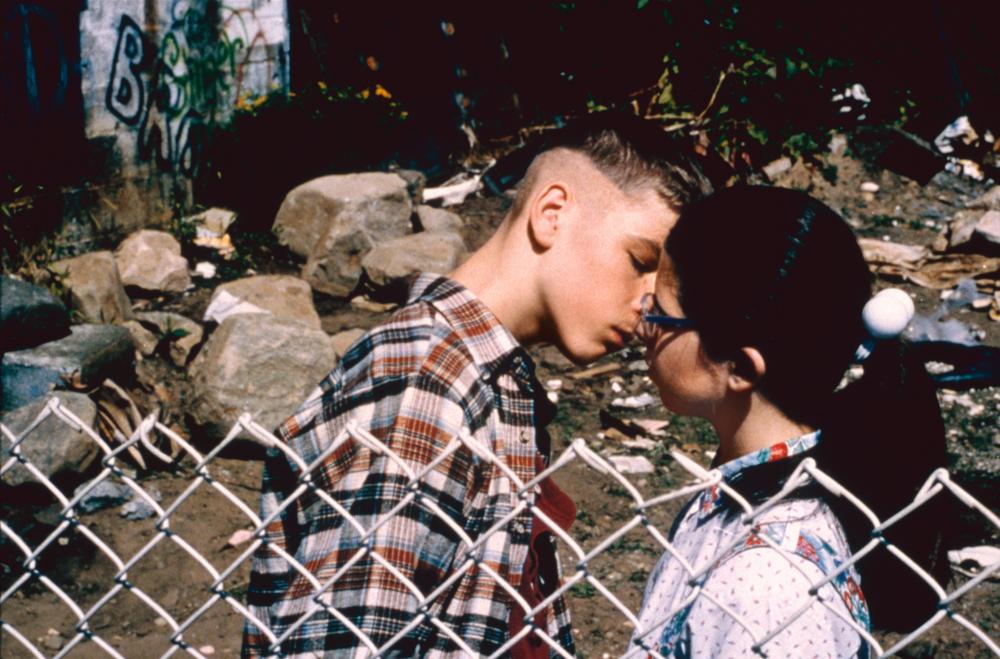
There’s black comedy, and there’s Todd Solondz black comedy. The New Jersey-born filmmaker earned universal acclaim for his controversial 1998 film Happiness, which was a hit at Cannes and has since gained cult status. His previous movie, Welcome to the Dollhouse, premiered at Sundance and won the Grand Jury Prize. It was a dark horse hit for a low-budget, independent production. But after watching the film, its success becomes less surprising.
Welcome to the Dollhouse is a pessimistically honest coming-of-age film. Our main character is a little girl named Dawn Wiener, she’s a nerdy, pudgy girl who doesn’t seem to fit in her suburban middle-class environment. Throughout the film, we follow Dawn as she experiences everything from romance to kidnappings.
Welcome to the Dollhouse perfectly toes the line between funny and shocking, and in the process creates a warped but true portrayal of middle-class America. Solondz’s talent as a director and screenwriter is on full display here. Even though a lot of what happens is a comedic exaggeration of things like bullying, the education system, and the media, it is simultaneously completely honest and familiar about all of it.
Despite its initial success, Welcome to the Dollhouse has not aged as well in the court of public opinion as Happiness; even though it feels like the sort of film that becomes a classic. With a loveable protagonist, a biting script, and shock value, it’s a movie with an evergreen freshness; its ideas hold just as true today as they did in 1995. Also of note are the excellent child performances in the film, especially from Heather Matarazzo who plays Dawn. It’s a really outstanding film that definitely doesn’t get enough buzz.
8. In the Company of Men (1997, Neil LaBute)
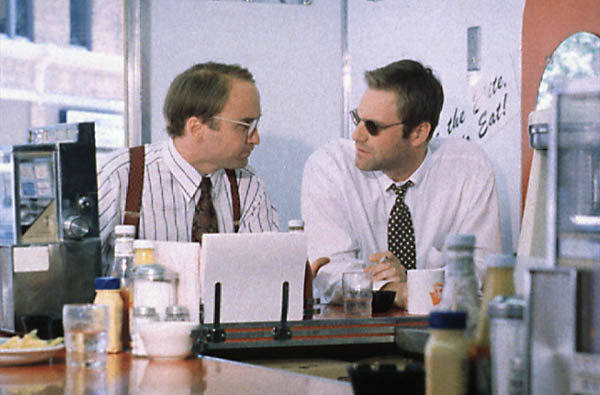
Like What Happened Was.. this film was the directorial debut of a screenwriter who was adapting their own play. Neil LaBute was born in Detroit in 1963. He studied theater at BYU and was recognized as “one of the most promising undergraduate playwrights” at the department. He garnered acclaim for his controversial 1989 debut “Filthy Talk for Troubled Times”. In 1993, he made In the Company of Men, the play that would later become his film debut.
In a 2011 interview, LaBute said that watching Truffaut’s The Soft Skin (La Peau Douce) made him want to get into film. “I’ve never been one to love the camera or even to be as drawn to it as I am to the human aspect of it, and I think it was a film that speaks in a very simple way of ‘here’s a way that you can tell a story on film in human terms’”.
In the Company of Men was released in August 1997. It was made on a 250,000 dollar budget and made 2.8 million at the box office. So in a way, it was successful, but the film has never been able to establish itself as the classic it could be.
The film tells the story of two white-collar businessmen, played by Aaron Eckhart and Matt Malloy. Exasperated by their romantic failures, the two men decide to both court a mute girl that works in their office (Stacy Edwards) just to dump her after she’s fallen for them. Naturally, dramatic complications ensue, but what’s truly astounding about LaBute’s film is that it is just as abrasive now as it was when it was released. He portrays toxic masculinity and power relations with both irony and realism and manages to create a morality tale that is unfortunately still relevant today.
LaBute shows great skill for a first-time director; the film is fabulously well-lit, paced, blocked, and acted. Especially notable is Aaron Eckhart’s performance, which is arguably the best of his career. He plays the most despicable, toxic, hypocritical man imaginable, yet manages to be charming as well. Stacey Edwards also demonstrates her extensive range with her performance as the mute secretary and becomes the emotional anchor for the audience. LaBute was never able to make anything as good as In the Company of Men, but the film remains one of the most ruthless American comedies of the decade.
9. New Rose Hotel (1998, Abel Ferrara)
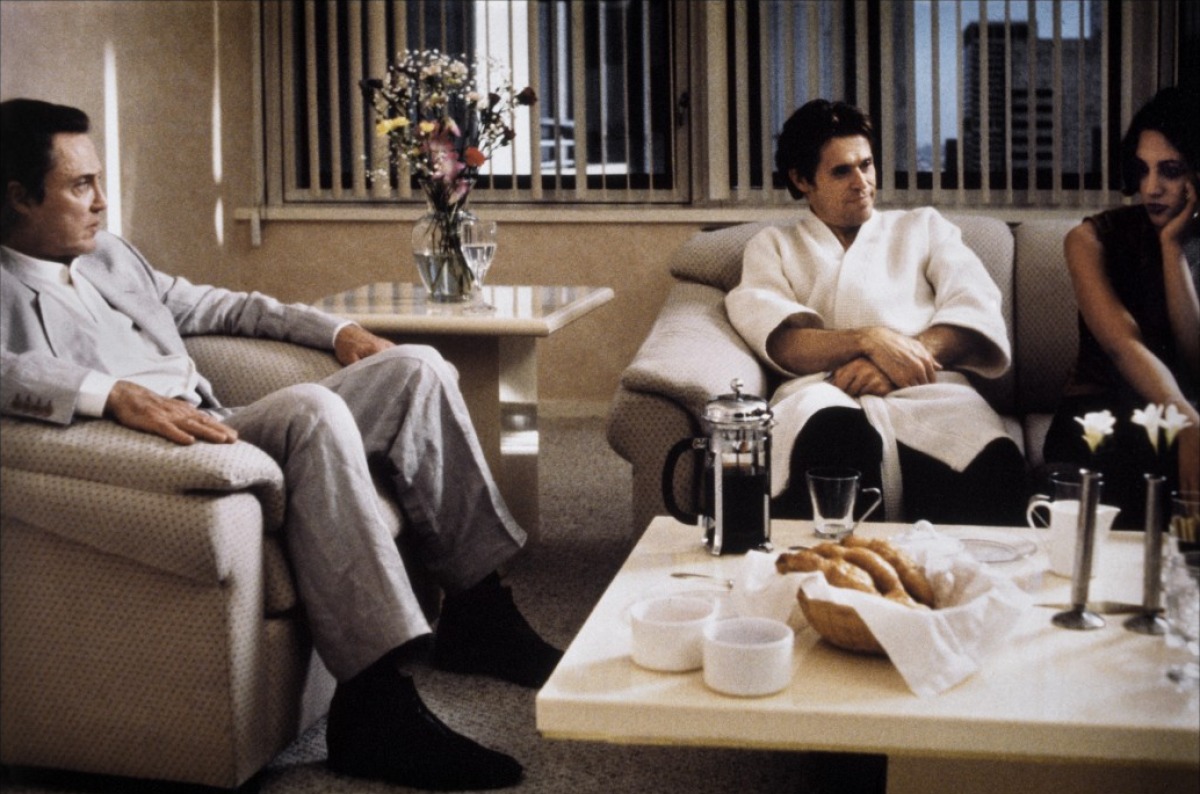
As the decade was coming to an end, both the world and American society were undergoing massive changes. Technology was growing like never before, multinational conglomerates were getting bigger and bigger, and people were becoming worried about climate change. Abel Ferrara’s New Rose Hotel somehow manages to bury these social anxieties into an erotic cyberpunk espionage thriller.
The film stars Willem Dafoe and Christopher Walken as a couple of corporate extraction specialists tasked with convincing Hiroshi, a Japanese tech genius to leave the company he’s working for. The two employ a mysterious call-girl (played by Asa Argento) to seduce Hiroshi. Ferrara’s film is full of misdirections and ambiguities that satisfyingly pay off in the third act. Dafoe, Walken, and Argento give cool, layered performances, but what really seals the deal is the atmosphere Ferrara creates.
With New Rose Hotel, Ferrara proves his mastery at creating tone. The world of the film is full of darkness, neon lights, screens, reflections, and modern but empty spaces. The film basically foretells the alienation of the digital age, but at the time of its release, it was considered a failure. It bombed at the Venice Film Festival and was only able to make a meager 21,000 dollars at the box office. Critical reception was not favorable either, Amy Taubin of The Village Voice even wrote; “What’s on screen is so dreadful that it inspires the ontological question ‘What are films and why is this not one of them?’”.
But like much of Ferrara’s work, New Rose Hotel has slowly been establishing itself as a cult film in contemporary film circles. Its proponents often praise the film’s unique cyberpunk aesthetic, steamy and clever plot, and the subtle way in which it deals with themes of capitalism, isolation, and power dynamics.
If anything, it further cements Ferrara’s status as a “vulgar auteur”. “Vulgar auteurism” is a movement created by film critics and cinephiles in the 2010s with the intent of reappraising the works of filmmakers whose work has received little attention in the past. Directors like Cronenberg, De Palma, and Carpenter are often paired with the movement. But regardless of Ferrara’s status in film history, the fact that he continues to pour his heart into making original, unorthodox films to this day, and has continued to work with incredible actors like Willem Dafoe and Ethan Hawke, is proof that he is one hell of a filmmaker.
10. Julien Donkey-Boy (1999, Harmony Korine)
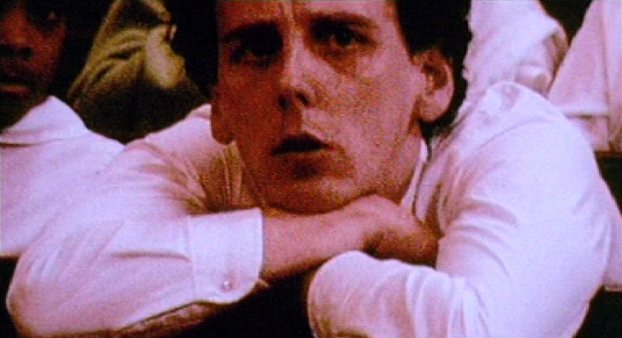
Harmony Korine established himself as an enfant terrible of American independent cinema with his 1997 debut Gummo. The film premiered at the Telluride Film Festival, where despite many walk-outs during the screenings, it gained a lot of attention. Here was a film about marginalized kids in the middle of nowhere, but this wasn’t just any film about marginalized kids in the middle of nowhere, it had something. That something got the film picked up by Fine line Features and allowed Korine to start working on a new film. That film was to become Julien Donkey-Boy.
It was the first American film produced in accordance with the Dogme 95 manifesto created by danish filmmakers Lars Von Trier and Thomas Vinterberg. Therefore, the film was shot completely on location, the sound was recorded on the spot, the camera work is mostly handheld, and there is an absence of additional lighting. Much like Korine’s first feature, Julien Donkey-Boy pulls no punches.
The film tells the story of a schizophrenic man named Julien (Ewe Brenner) and his dysfunctional family, including his forlorn sister (played by 90s “It Girl” Chloe Sevigny) and his angry father (played by German filmmaker Werner Herzog). The film often intertwines reality with fiction. Many of the homeless and mentally ill people in the film are real. Korine creates an unflinching portrayal of mental illness and the way it is treated in America. Even more laudable is the fact that Korine was able to portray mental illness in a narrative film in a way that doesn’t feel exploitative or fake.
Julien Donkey-Boy is as poetic as it is brutal, having some of the most beautiful scenes and imagery in Korine’s filmography. Werner Herzog steals the show as the angry, abusive German father, but Brenner and Sevigny are very good as well. The film premiered in Venice and got mixed reviews; it was never able to be very successful financially.
Today it still remains underseen and underrated. It isn’t as well-known as other “controversial” indie films of the period, or even as infamous as other Korine films like Gummo or Spring Breakers. While it’s easy to see why this is the case, hopefully with time more and more people will realize how powerful and interesting a film it is.
I know there are dozens more underrated 90s indie flicks. Many of which I love but wasn’t able to include here. If I missed one you really think deserves to be mentioned feel free to talk about it in the comments.